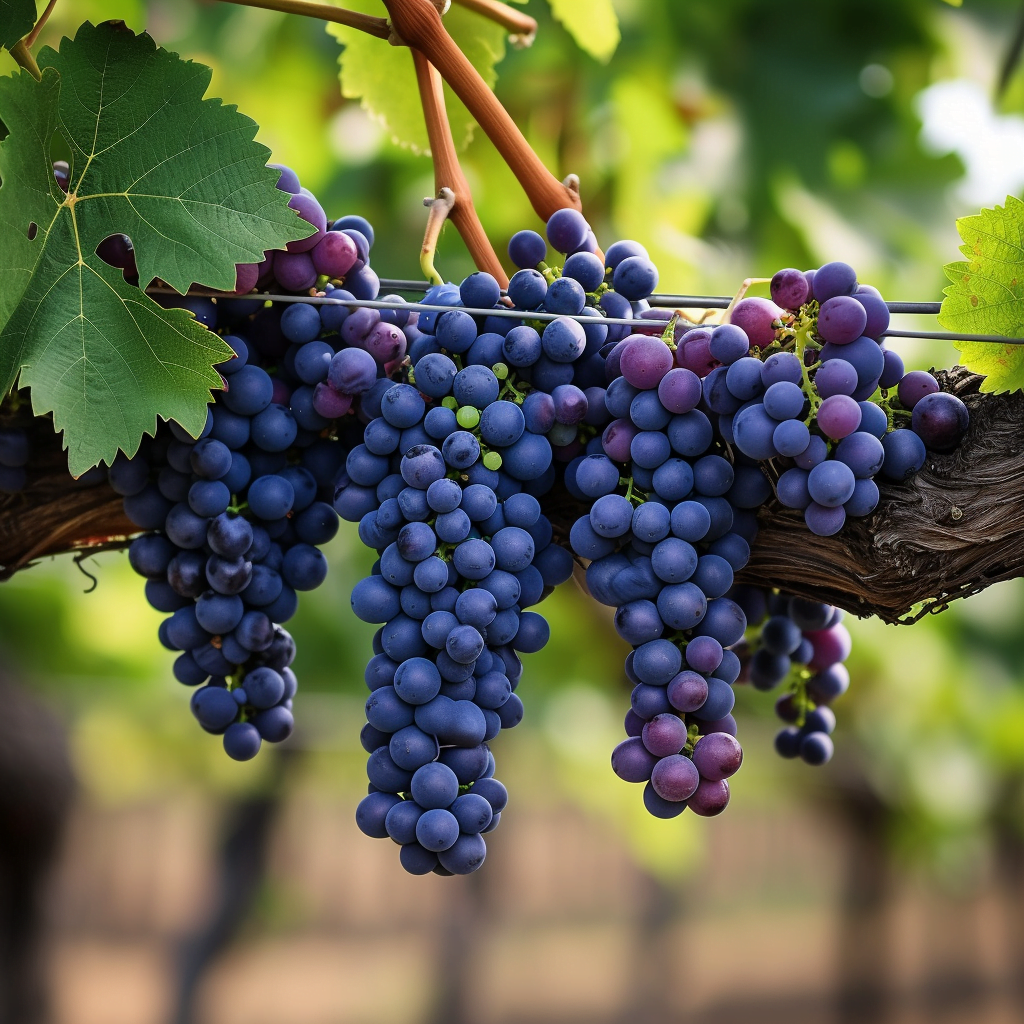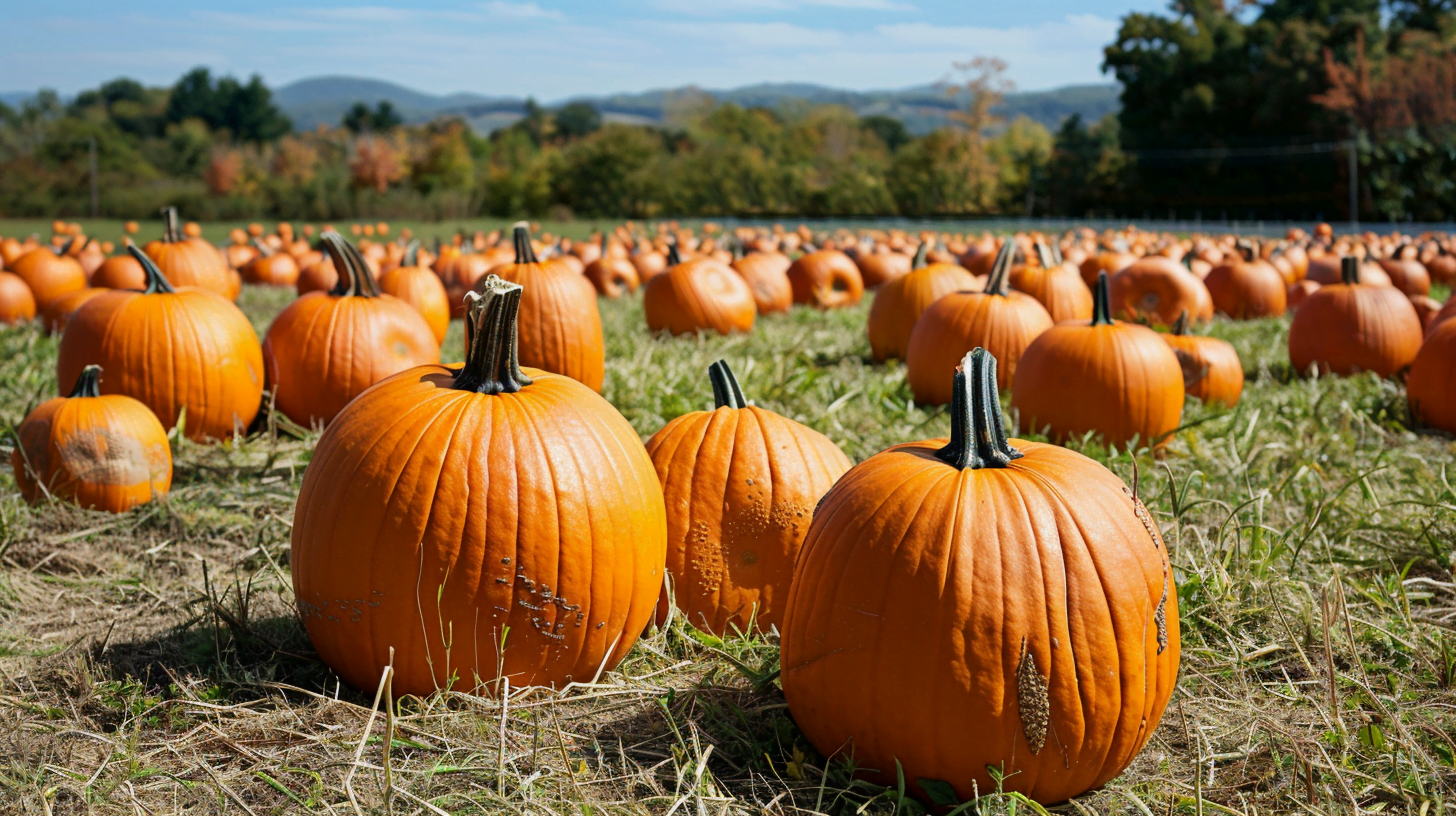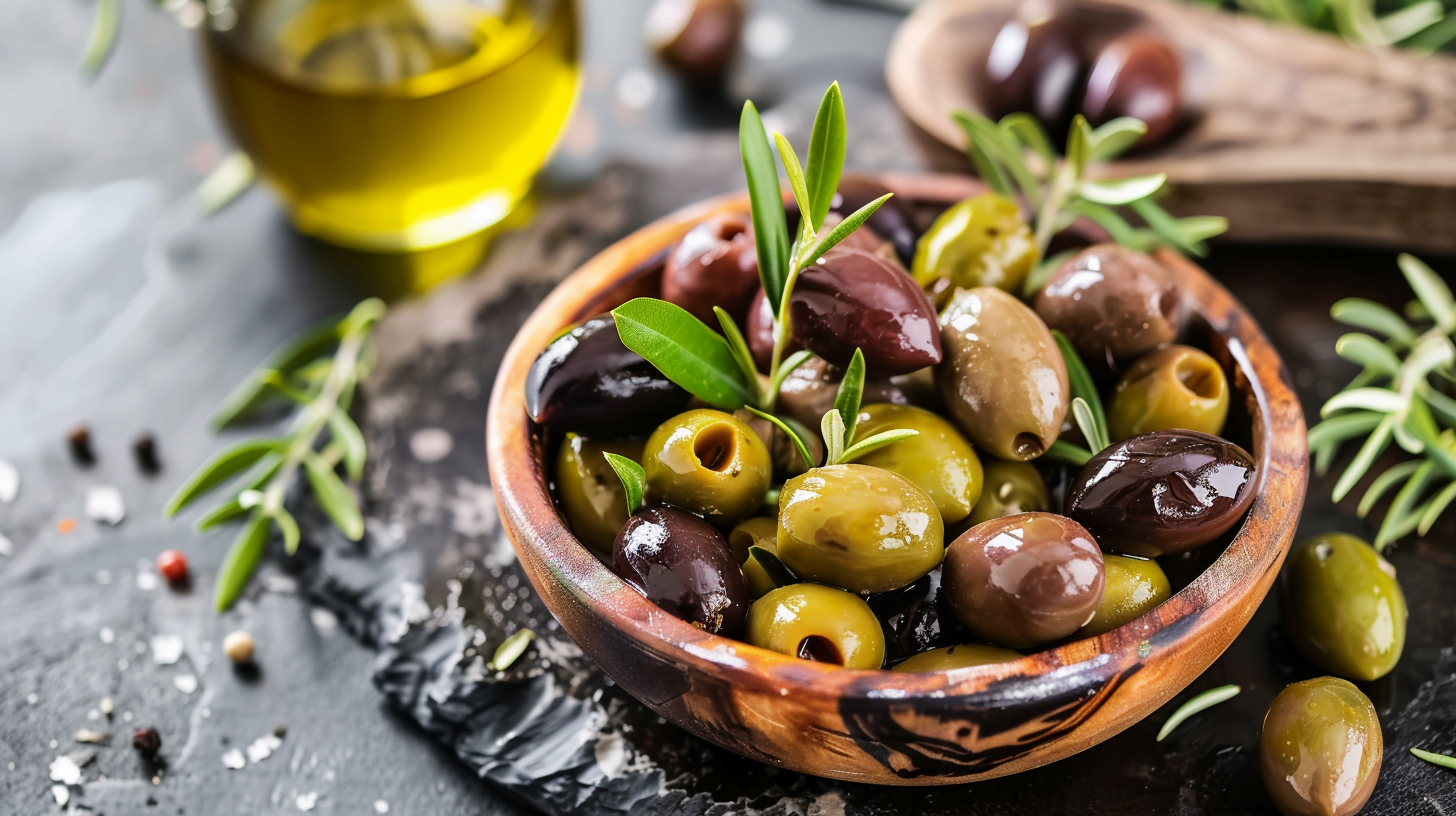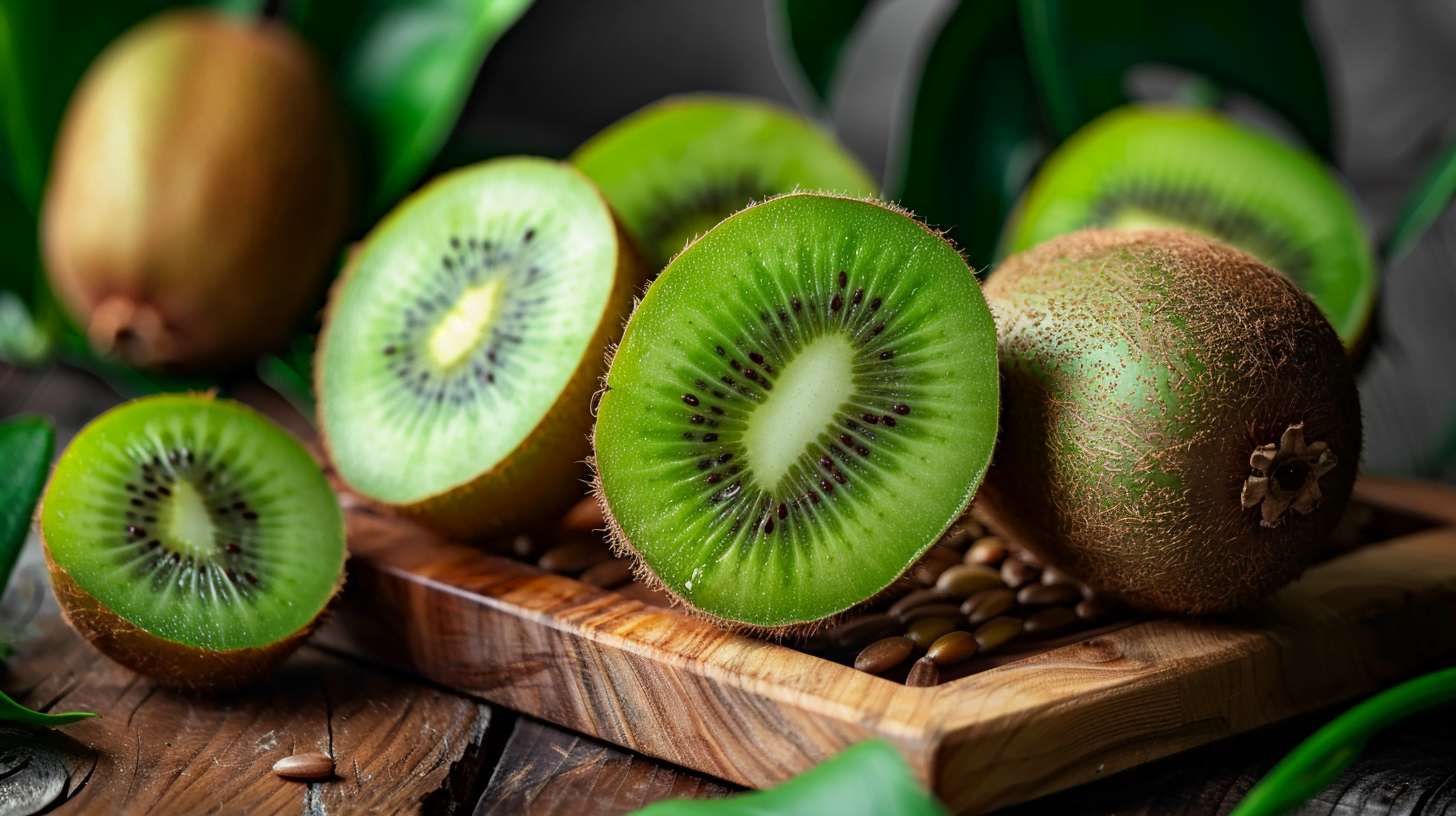Grapes are one of the most widely cultivated and beloved fruits around the globe. With more than 75 million tons of grape production worldwide each year, grapes are a major global commodity grown across diverse nations.
Wine grapes, table grapes, raisin grapes – no matter the variety, grapes are turned into an array of products that satisfy massive demand. As both fresh and processed grape items remain sought after globally, grape cultivation has expanded tremendously in suitable climates.
But when it comes to the top grape producing countries, a few major players stand out for their massive quantities and vast acreage devoted to grape agriculture. Keep reading to learn all about the leading grape growers, key grape varieties, essential factors enabling production, and final uses for the versatile grape harvests. So… Which country produces the most grapes?
Highest Grape Producing Nations
Many countries around the world grow grapes, but a handful dominate in total grape output through their expansive vineyards and near-ideal growing conditions. Here are the top seven grape producing nations today.
Italy – The Traditional Grape Giant
Italy sits far above other nations in grape production, growing a staggering 8.6 million tons annually. To put that into perspective, that’s over twice as many grapes as the next largest producer China! Italy’s output translates into 13.6 billion bottles of wine each year, confirming Italy’s status as the ultimate grape and wine powerhouse.
The country has over 1.2 million acres of picturesque vineyards blanketting its rolling hills and valleys across all 20 of Italy’s diverse wine regions. These range from the island of Sicily to the mountainous Trentino-Alto Adige in the northeast. Prominent zones include Tuscany, Piedmont, Veneto and Puglia.
Italy’s temperate Mediterranean climate provides warm, sunny summers and mild winters perfect for viticulture. Abundant rain and coastal breezes balance out the heat. The varied soils of limestone, volcanic matter, clay and sand also enable excellent drainage and nutrient uptake.
This ideal grape growing environment allows Italy to produce over 350 different native varietals! Famous Italian wine grapes like Sangiovese, Nebbiolo, Montepulciano, Nero d’Avola and many more flourish in Italy’s terroir. Of course, Italy uses most of its massive grape production for its globally popular wines and rank as the #1 consumer per capita.
Beyond just wines, Italy also produces grape juice concentrates and a small amount of raisins or table grapes. But make no mistake – Italy remains dedicated to upholding its heritage as the traditional grape and wine lovers’ paradise.
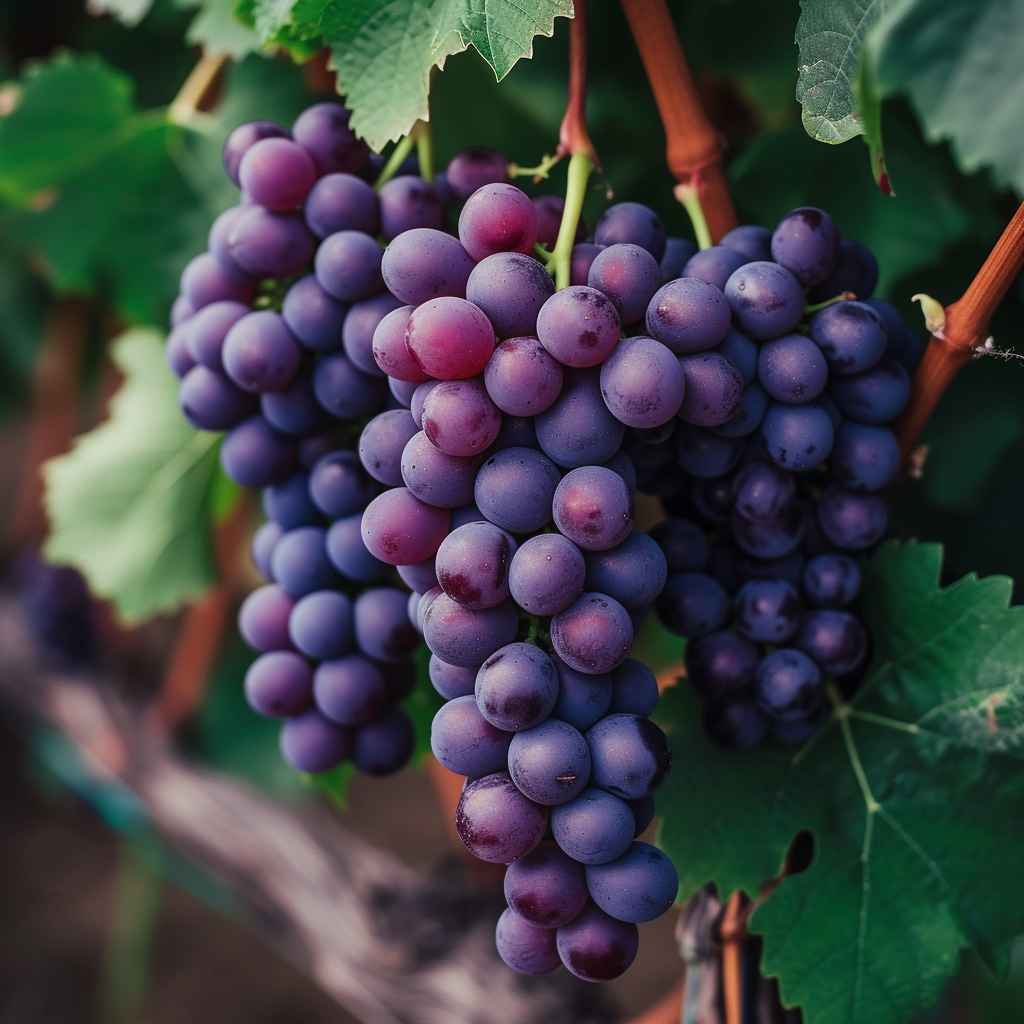
China – The Rising Grape Giant
Meanwhile, China has rapidly emerged as a juggernaut grape and wine producer, with quantities skyrocketing in recent years. China now generates over 13 million tons of grapes annually, overtaking the United States as the 2nd largest grape grower worldwide.
China has expanded its total vineyard area to around 1.5 million acres, located mainly across four northern coastal provinces: Shandong, Hebei, Tianjin and Liaoning. These regions have abundant land and optimal climate conditions. Shandong province alone accounts for almost half of China’s grape plantations.
Major grape varieties grown in China’s vineyards include Cabernet Sauvignon, Merlot, Muscat and Chardonnay. China aims to ramp up not just quantity but quality, investing heavily in imported vines, modern trellising systems and viticulture technology.
The government and private companies have poured billions into China’s fledgling wine industry, hoping to satisfy rapidly rising domestic demand as well as become a top global exporter. China’s wine production has tripled since 2005.
Of course, China also consumes a colossal amount of grapes as fresh fruit, juice, jams, and raisins. The Qingdao International Grape Expo highlights the huge market potential, expecting 21% annual growth in China’s grape industry over the next 4 years.
United States – California’s Bounty
The United States grabs the #3 spot, producing over 7.4 million tons of grapes in 2020. While vineyards exist nationwide, the lion’s share of American grape cultivation centers in California.
California alone accounts for over 85% of total U.S. grape production, owing to its hot, dry climate perfect for quality wine grapes. The state has over 1 million acres of vineyards scattered across 140 American Viticultural Areas (AVAs).
Major grape growing regions include famed Napa and Sonoma Valleys, the Central Valley, Paso Robles, and Lodi. Top varieties include Cabernet Sauvignon, Chardonnay, Merlot, Pinot Noir, Zinfandel and more, most destined for wine fermentation.
Outside of California, the largest grape producing states include Washington, New York, Pennsylvania, and Oregon. Their combined output adds over 1 million extra tons of grapes yearly. The US ranks 4th globally in wine production and is the leading global importer of wines.
France – The Historic Wine Kingdom
France takes the #4 spot with yearly grape production over 6.7 million tons. Spread across 932,000 acres of vineyards, France has a deep history and prestige as a wine superpower.
Major French wine regions include legendary Bordeaux, Burgundy, Loire Valley, and the sprawling Rhône Valley. Prominent and protected French AOC varietals consist of Merlot, Grenache, Carignan, Ugni blanc, and Syrah.
France remains synonymous with premium wine production using traditional techniques paired with individual terroirs. The French consume the most wine per capita globally. However, domestic consumption has fallen while wine exports have grown significantly.
Beyond sheer quantity, France emphasizes quality wine making. Many French wines command premium prices at auction and worldwide. France also cultivates table grapes and produces grape jams, juices and seed oils.
Spain – The Surging Wine Star
Spain has seen meteoric growth in wine exports and now generates around 6.5 million tons of grapes annually. That’s a near quadrupling of production since the 1980s. Spain has the greatest area of vineyards globally, spanning a whopping 2.9 million acres.
Like France and Italy, Spain’s hot Mediterranean climate provides ideal grape growing across its various wine regions. These range from Rioja and Ribera del Duero in the north to Andalucía in the south.
Leading Spanish varietals consist of Tempranillo, Garnacha, Monastrell, Cariñena, Verdejo, and Albariño. Table grapes and raisins are also produced but wine grapes dominate. Spain has seen heavy investment into modern winemaking and now competes with Italy and France in wine exports.
Turkey – The Raisin Champion
Turkey grabs the #6 spot for global grape production, at around 4 million tons annually. Turkey stands out as the world’s undisputed largest producer of raisins, generating over 260,000 tons annually. That’s 10-12 times more than competitor producers!
Turkey mainly cultivates grape varieties like Sultana, Muscat of Alexandria and Tchini specifically for drying into raisins. Turkey exports bulk quantities worldwide, especially to Europe, North America and the Middle East.
Beyond raisins, Turkey has expanded into table grape and wine grape cultivation the past decade. Prominent zones include the Aegean Region, Central Anatolia, and Southeastern Anatolia. The climate allows two grape harvests yearly.
The country still devotes only 4% of grape production towards wine, trailing behind Moldova and Romania regionally. But wine expansion opportunities exist if Turkey utilizes more of its 290,000 acres of vineyards.
Chile – The Southern Exporter
Outside the top five, Chile emerges as the world’s 5th largest grape producer with yearly output around 2 million tons. Chile excels in growing grapes specifically for fresh consumption as table grapes. Chile’s dry climate, plentiful sunshine and irrigation produce ideal export grapes.
Chile’s major export markets include the United States, China, Japan and Europe. Leading grape varieties grown are Thompson Seedless, Red Globe, Crimson Seedless and Flame Seedless.
While far smaller in production than Europe, Chile is the undisputed leading Southern hemisphere wine producer. Wine grape varieties consist of Cabernet Sauvignion, Sauvignon Blanc, Chardonnay and Carménère.
The Chilean government aims to continue expanding wine exports. But most Chilean grapes will remain as fresh exports, representing 9% of all Chilean fruit exports worldwide.
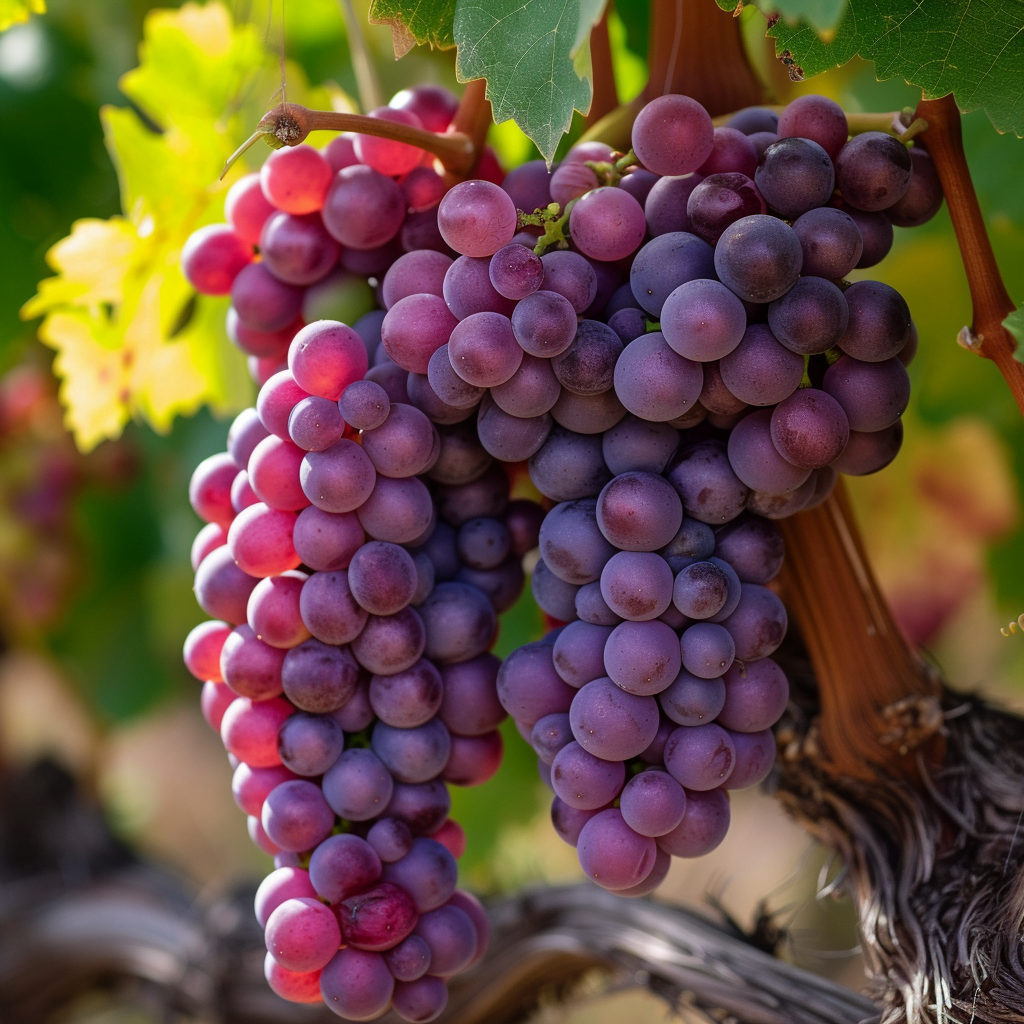
What Factors Enable Massive Grape Production?
Clearly, climate and environment play a huge role in which countries can cultivate grapes on a large commercial scale. Location matters tremendously. The top grape growers benefit from ideal conditions for healthy vines and bountiful harvests.
Climate – Sun and Water
Grapes need ample sunlight and adequate rainfall and irrigation to thrive. The ideal temperatures for grape growth range between 60-85°F during the growing season and dormancy in winter.
Mediterranean and continental climates provide warm, sunny summers and mild winters perfect for wine grapes. Monsoon climates can enable two grape harvests. Cooler regions focus on early ripening varietals.
Too much moisture causes disease. Grapevines in humid subtropical climates require fungicides and preventative care.
Soil Composition
Well-draining, nutrient-rich soils with appropriate pH levels are optimal for vineyards. Grapevines thrive in slightly acidic soils with a pH between 5.5 to 6.5. Rich loams or combinations of sand, silt, clay and organic matter provide good drainage and moisture retention.
Chalky, limestone-based soils like those in French wine regions allow heat radiation and drainage while retaining minerals. Granite, volcanic or schist soils also provide nutrients. Heavy clay soils require amendments to improve drainage. Site selection using soil analysis is crucial when establishing new vineyards.
Sufficient Land Area
Large areas of flat or gently sloping arable land enable grape plantation at massive commercial scale, like in China and Spain. Steep hillsides and terraces can be used but require extensive site prep and labor. Access to sufficient water sources for irrigation where rainfall is sparse is also key.
Expertise in Viticulture
Grape cultivation requires expertise in specialized techniques like pruning, canopy management, irrigation, fertilization, harvest timing and more to maximize yields and flavor. Wine grapes need additional considerations like sun exposure, cluster spacing and ripening management to develop complexity.
Countries with long histories and technical know-how in quality wine production, like France and Italy, excel in grape agriculture. New world producers have invested heavily in importing that winemaking knowledge.
Substantial Investment
Ample funding for vineyard expansion, infrastructure upgrades like trellising or drip irrigation, winemaking facilities, storage, marketing and more enables large-scale production. Government subsidies as well as private companies investing billions in domestic wine industries have fueled growth in emerging regions.
How Are Grape Harvests Ultimately Used?
With so many millions of tons of grapes grown worldwide, how do producers utilize the bounty? Here is a breakdown of the share of global grape output by final usage:
- Wine Production – Around 71% of the world’s grape harvest goes towards wine-making, equivalent to 58 million tons a year. This includes thousands of unique wine varietals tailored to local terroirs.
- Raisins – About 16% of global grape production, or 11 million tons, gets dried into raisins and currants. Popular thin-skinned green and black grapes like Thompson Seedless are used.
- Table Grapes – 12% of annual grape harvests, or 8 million tons, get packed and shipped as fresh table grapes. Sizing, appearance and shelf life are priorities.
- Juice & Preserves – Only 1% of grapes worldwide, about 600,000 tons, go towards juice, jams, seed oils and other products. Juice grapes often utilize slipskin varieties.
Clearly, wine grapes dominate as the priority use of global grape output. Table grapes and raisins trail far behind in tons produced. However, profits per ton are far higher for fresh grapes than for processed wine grapes.
The demand trends and markets for these different grape products vary significantly as well. Let’s explore where all these grapes end up getting consumed.
Wine Regions & Top Importers
It’s no surprise that the top grape and wine producers like Italy, France and Spain also rank among the highest per capita consumers worldwide. In the EU, western European nations top the list for wine consumption.
The United States is the leading importer of wines by value, with surging interest in domestic wine tourism. China has accelerated wine imports as its consumer base grows.
Other top importers include Germany, UK, Canada, Japan, Switzerland, Netherlands and Belgium. Trends point to increasing consumption globally, especially at the higher end. The expanding middle class drives demand for affordable table wines.
Raisin Exports
Turkey completely dominates dried grape exports, sending about 200,000 tons to Europe annually. Greece, South Africa, and Chile also export large quantities of dried grapes.
The EU is the world’s largest dried grape importer, driven by industrial bakery and cereal demands. Snack raisins also enjoy popularity in European food culture.
Table Grape Imports
The highest value imports of fresh grapes come from Chile, US, Peru, Brazil and South Africa to major markets like USA, EU, China, Russia and Japan.
The US is the #1 global importer of fresh grapes, valued at $1.1 billion USD annually. Americans consumed about 5 pounds per capita of fresh grapes in 2020. Emerging markets like China, India and Mexico also drive table grape demand.
Conclusion
Grape cultivation has an enormous global presence and economic importance. Italy, China, France, Spain and the United States make up the top grape producers today, growing over half the world’s supply. Their advanced viticulture, climates and huge vineyard land enable massive scale grape agriculture.
Yet flavorful grapes are highly perishable and seasonal. So most harvests get processed into value-added products, namely the trillion dollar wine industry. Global wine production and consumption continues to rise.
Billions are also spent importing fresh table grapes and raisins to meet surging demand. As grape products remain highly sought after worldwide, top producers invest heavily to expand output and quality. The versatile, nourishing grape will continue spreading vines across the globe for years to come.
